In the lower floors of Powell Library, stacks of magnetic tapes are sorted and shelved, some into near-obsolescence as they degrade to a point past reading. But in the hands of Yasmin Dessem, these seemingly innocuous uniform strips of metal and plastic – through the power of a magnetic viewer – reveal themselves to be orderly rows of magnetized information.
Dessem, the head of audiovisual preservation in the UCLA Library’s preservation and conservation department, works to maintain some of the around 438,000 media items owned by the library. Since 2023, a team of preservationists has reformatted over 750 pieces of magnetic media, from VHS tapes to audio cassettes.
The audiovisual preservation team – which was first established in 2011 – works with magnetic media, where audio or video information is stored in magnetized metals along a plastic ribbon, Dessem said. She added that these forms of media have relatively short storage lives because of the varying ways in which they were manufactured, making the preservation work that the team does essential.
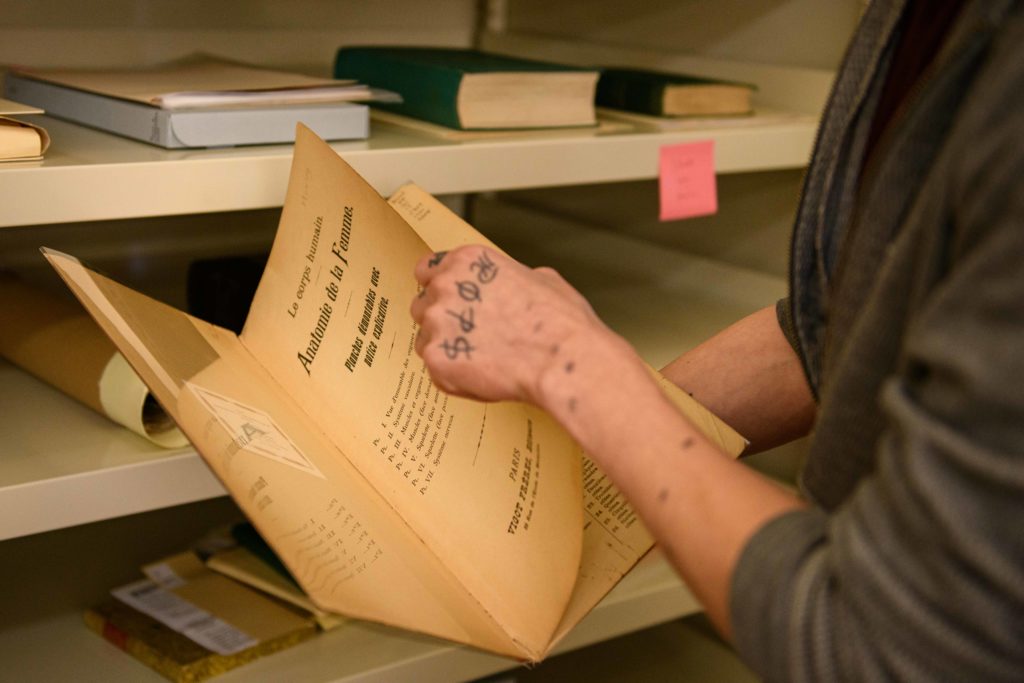
The team’s lab is filled with a variety of secondhand equipment for processing all kinds of media, which the preservationists try their best to repair, Dessem said. She added that because much of the equipment is no longer made, it is sourced through donations and eBay.
“Finding the people who can still work on this stuff, who have that expertise, can be really challenging,” Dessem said. “You’re fighting not just the aging process of these materials that are on certain more unstable formats that weren’t meant to live forever, you’re also dealing with the equipment and the scarcity of the equipment and the expertise to maintain the equipment.”
To digitize a recording, the tape is played back into a recorder, and, for videos, the file is then edited to ensure proper color and brightness levels, she said. She added that corrections are also made to syncing and signals of audio files to ensure that audio and video are aligned and that the conversion process accurately captures the original audio information without introducing errors or distortions.
All of the items are also photographed, because sometimes they contain handwritten notes, and the team captures the titles and descriptions so that people know what different files contain, Dessem said. She added that once the tape is digitalized, multiple of copies of the file are made
“It’s never-ceasing, because even a digital format has to continually be migrated or updated as file formats change,” Dessem said. “There are 11 library locations, so they all provide access differently.”
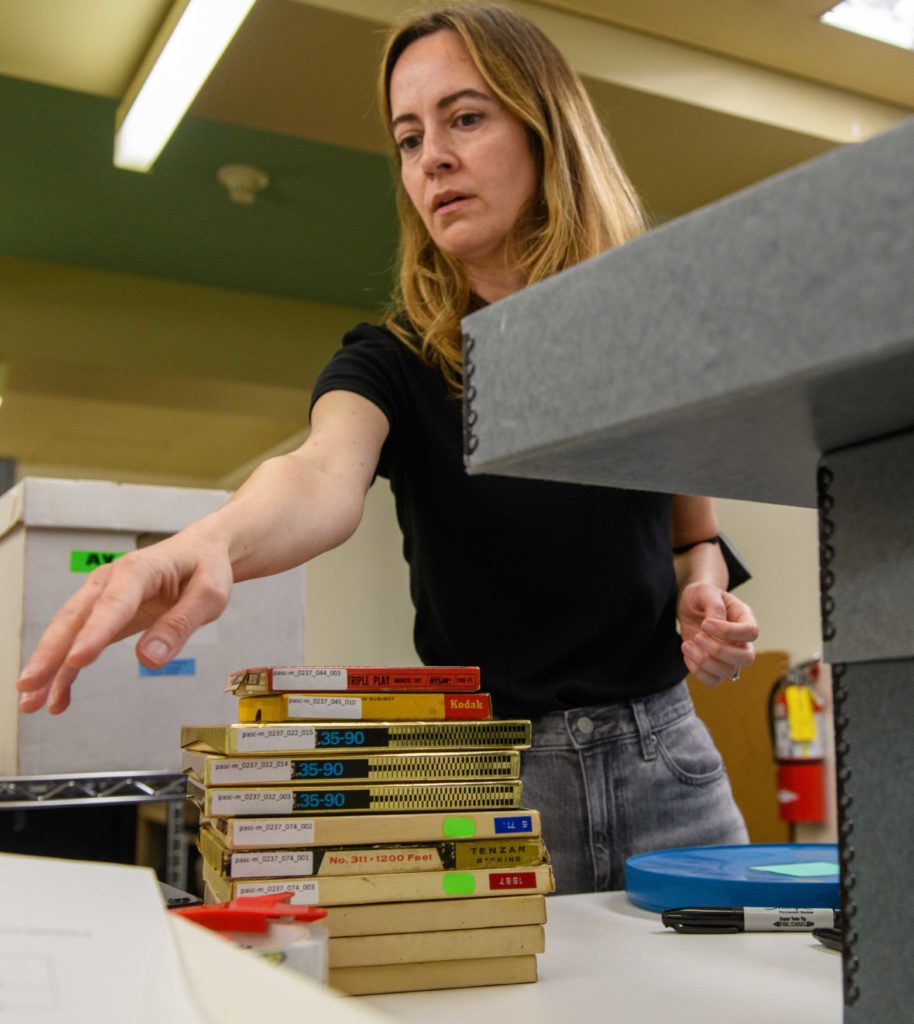
In the nine years that she has worked for the UCLA libraries, Dessem said she has observed changes such as the integration of 3D printers. She has also noticed an increase in requests for the digitization of materials.
Beyond the limitations of equipment, another challenge for the preservationists is the materials’ degradations, which depend on the tape’s age, format and the condition in which it was stored, said Gabz Norte, a graduate student assistant.
Some of this degradation happens through “sticky shed syndrome,” when humid environments cause the media to stick to playback equipment, Dessem said. Magnetic media at risk for this type of degradation are slow-baked at around 52 degrees Celsius to remove water from the binders – which bind magnetic particles to a base tape film – and stabilize the magnetic condition, she added.
The UCLA libraries also house special collections, where materials must be viewed on site because of their rare, fragile or valuable nature, said Molly Haigh, the department’s duplication services coordinator. To help people navigate the large collection, the library offers a document describing the contents of a collection to help people request items to look at in the reading room, she added.
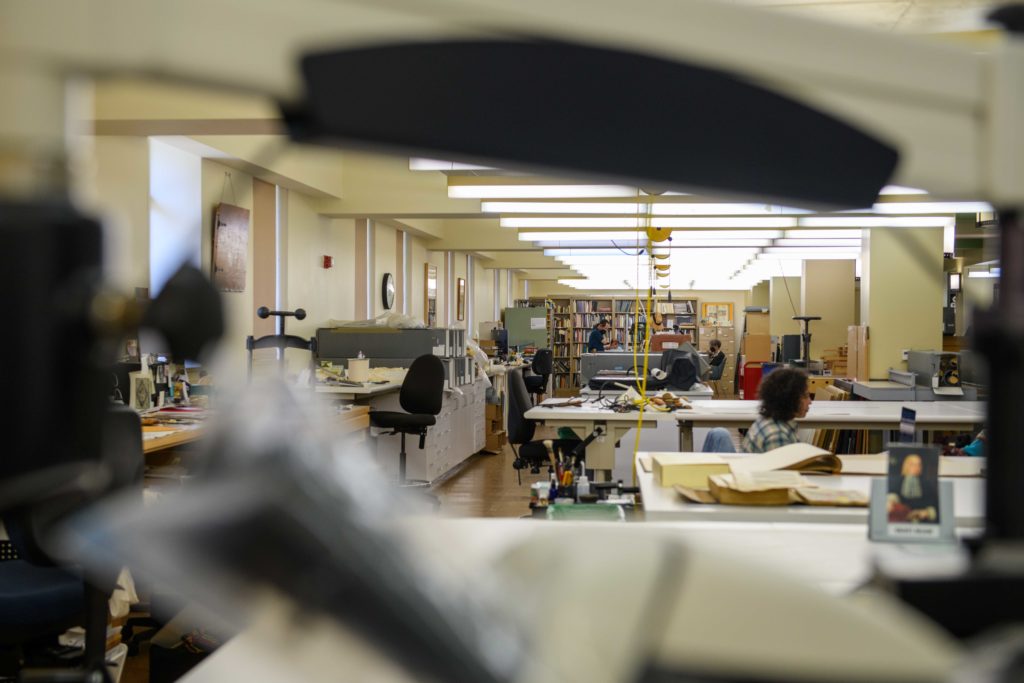
Dessem added that during her time working at UCLA, she has noticed a drastic uptick in requests for audiovisual materials from researchers and documentarians. Library Special Collections currently processes approximately seven audiovisual duplication requests per month.
Some of the team’s staff have discovered unique stories through their conservation work. Maile Chung, a postgraduate assistant conservator on the audiovisual preservation team, said she had the chance to hear Korean spoken with a Southern accent while digitizing tapes of Korean American oral history.
“My ears couldn’t really comprehend what I was listening to,” Chung said. “That was really interesting to think about Korean Americans throughout the U.S., where they ended up.”
Chung said they particularly enjoy working with audiovisual material relating to communities of color because of the importance of preserving their histories. Dessem added that because audiovisual material is usually primary source content, it provides a direct connection to history.
Another collection the team worked on came from Golden State Mutual, one of the first Black insurance companies in the United States, she said.
When people do not pay attention to or store magnetic media properly, all of the information, data and history on the tapes will be lost forever, Chung said.
“There’s so many amazing little home movies that we get, tapes, audios – everything has been just so fascinating and relevant to the communities, especially surrounding Los Angeles, that it would be just so sad for those to be gone,” she said. “It’s really important that all universities allocate a good amount of resources and money and funding to audiovisual preservation, because if they don’t, they’re going to lose so much.”
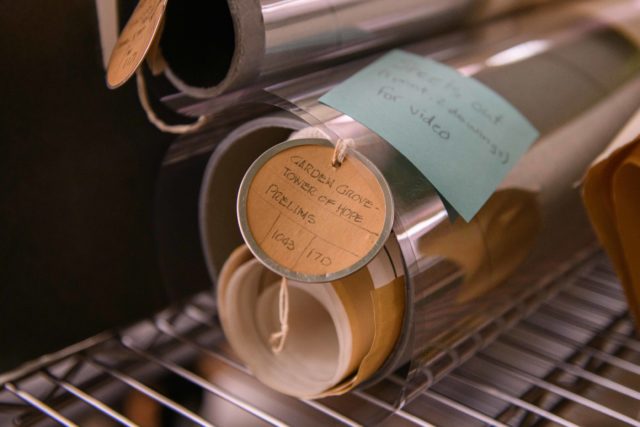

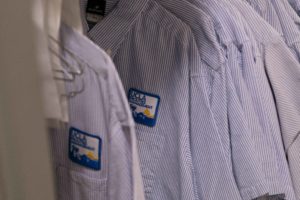
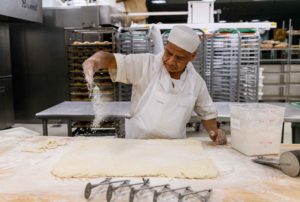


Comments are closed.